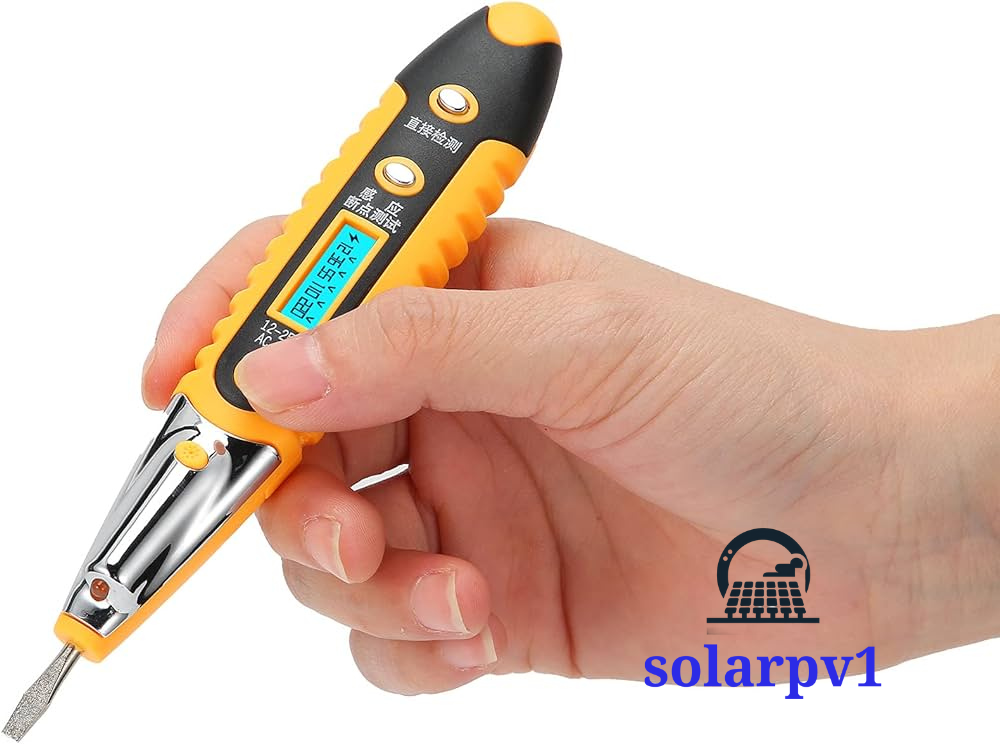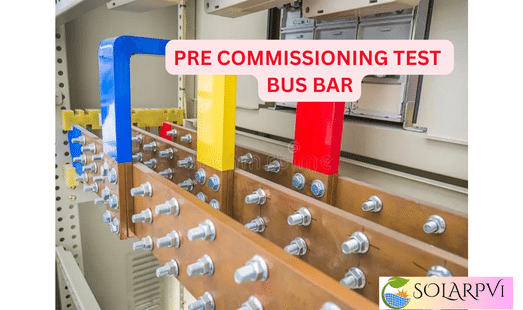Introduction to Electrical Testing Equipment
- Electrical testing equipment encompasses a range of devices used to evaluate the performance, safety, and integrity of electrical systems and components. These tools are indispensable across various industries, including manufacturing, construction, telecommunications, and utilities, where ensuring the reliability and safety of electrical systems is paramount. The primary purpose of electrical testing equipment is to detect faults, measure electrical parameters, and validate the functionality of electrical installations and devices.
- The importance of electrical testing cannot be overstated. Electrical systems, if not properly tested, can pose significant risks, including electrical shocks, fires, and extensive equipment damage. Regular testing ensures compliance with industry standards and regulations, thereby protecting both personnel and property. It also aids in the proactive identification of potential issues, allowing for timely maintenance and repair, which can avert costly downtimes and extend the lifespan of electrical systems.
- The history of electrical testing equipment is marked by continuous innovation and advancement. Early testing tools were rudimentary and limited in capability, often requiring manual interpretation and considerable expertise. As technology progressed, these tools evolved to become more sophisticated, incorporating digital displays, automated functions, and advanced diagnostic capabilities. Today, modern electrical testing equipment is highly accurate, user-friendly, and capable of performing a wide array of tests with minimal human intervention.
- This evolution has made electrical testing more accessible and reliable, enabling industries to maintain high safety standards and operational efficiency. As we delve deeper into the various types of electrical testing equipment and their specific applications in the following sections, it is essential to recognize their critical role in ensuring the safe and effective operation of electrical systems worldwide.
Types of Electrical Testing Equipment
The landscape of electrical testing equipment is diverse, encompassing various devices tailored to specific applications. Understanding the different types of electrical testing equipment is crucial for professionals in the field. Here, we categorize and describe some of the most commonly used types: voltage testers, multimeters, insulation testers, and power quality analyzers.

- Voltage Testers: Voltage testers are essential tools for determining the presence of voltage in electrical circuits. They are often used in troubleshooting and maintenance tasks. These testers come in various forms, including non-contact voltage testers, which provide safety by detecting voltage without direct contact. Key features of voltage testers include ease of use, portability, and immediate visual or audible indications of voltage presence. They are widely employed in residential, commercial, and industrial settings.
MULTIMETER - Multimeters: Multimeters are versatile instruments that measure multiple electrical properties, including voltage, current, and resistance. They are indispensable in diagnosing electrical issues and performing routine checks. Advanced models feature capabilities such as frequency measurement and temperature readings. Multimeters are utilized across various industries, from electronics to automotive, due to their multifunctionality and precision.
- Insulation Testers: Insulation testers, also known as megohmmeters, assess the integrity of electrical insulation. This is critical in preventing electrical failures and ensuring safety. These devices apply a high voltage to measure the resistance of insulation materials. Modern insulation testers offer enhanced features like digital displays and automated testing procedures. They are predominantly used in industrial settings, particularly in the maintenance of motors, transformers, and cables.
- Power Quality Analyzers: Power quality analyzers monitor and analyze the quality of electrical power. They detect issues such as voltage sags, harmonics, and transients that can affect equipment performance. Advanced analyzers provide detailed data logging and real-time monitoring capabilities. These devices are essential in industries where power quality is paramount, such as manufacturing, telecommunications, and healthcare.
Technological advancements have significantly enhanced the functionality and accuracy of electrical testing equipment. Innovations like digital interfaces, wireless connectivity, and automated data analysis have made these tools more user-friendly and efficient. As a result, professionals can conduct more precise and reliable diagnostics, ensuring optimal performance and safety in various electrical systems.
How to Use Electrical Testing Equipment Safely
- Using electrical testing equipment safely is paramount to ensuring both personal safety and the accuracy of the test results. The first step in safe usage is thoroughly understanding the equipment’s user manual. Each piece of electrical testing equipment comes with a detailed manual that outlines its functionalities, limitations, and specific safety instructions. Familiarizing oneself with this manual is crucial to avoid mishandling and potential hazards.
- Wearing appropriate personal protective equipment (PPE) is another critical safety measure. PPE such as insulated gloves, safety goggles, and protective clothing can provide a barrier against electrical shocks, burns, and other injuries. It is essential to ensure that the PPE is in good condition and properly rated for the electrical work being performed. Regular checks and maintenance of PPE are necessary to guarantee ongoing protection.
- Following standard operating procedures (SOPs) is a best practice that cannot be overstressed. SOPs provide a systematic approach to performing tasks and are designed to minimize risk. Adhering to these procedures ensures a controlled and safe environment when using electrical testing equipment. This includes verifying that the equipment is properly calibrated, grounding all circuits, and ensuring that the power is off before connecting testing devices.
- Common safety hazards associated with electrical testing include electric shock, arc flash, and equipment malfunction. To mitigate these risks, always double-check connections and settings before initiating a test. Use equipment that is rated for the appropriate voltage and current levels to prevent overloading. Additionally, maintaining a clutter-free workspace can reduce the risk of accidental contact with live circuits.
- Industry professionals recommend conducting a pre-test inspection of all equipment. This includes checking for any visible signs of wear and tear, ensuring that all leads and connectors are intact, and verifying that the testing device is functioning correctly. Real-world examples highlight the importance of this step; for instance, a technician once avoided a severe electric shock by identifying a frayed wire during a pre-test check.
- By adhering to these safety protocols and best practices, the use of electrical testing equipment can be conducted in a manner that protects both the user and the integrity of the electrical system being tested. These guidelines not only enhance safety but also ensure the reliability and accuracy of the test results.
Choosing the Right Electrical Testing Equipment for Your Needs
- Choosing the appropriate electrical testing equipment is a critical step in ensuring the success and accuracy of your electrical projects. The first factor to consider is the type of testing required. Different projects necessitate varying types of testing, such as voltage testing, insulation resistance testing, or continuity testing. Identifying the specific nature of your testing needs will help narrow down the range of suitable equipment.
- The environment in which the equipment will be used is another critical consideration. For instance, if you are working in a high-temperature or high-humidity environment, it is essential to select equipment that is robust and durable under such conditions. Similarly, if the testing is to be carried out in confined spaces, compact and portable devices would be more appropriate.
- Budget constraints play a significant role in the selection process. While it might be tempting to opt for the most advanced and expensive models, it is crucial to balance cost with functionality. Basic models might suffice for simple tasks, while more sophisticated equipment might be necessary for complex and high-precision testing. Conducting a cost-benefit analysis can help in making economically sound decisions without compromising on quality.
- Accuracy is another vital aspect to consider when choosing electrical testing equipment. The level of accuracy required often depends on the specific application. Projects that demand high precision will benefit from equipment with advanced features and higher sensitivity. It is also beneficial to check for certifications and compliance with industry standards to ensure the reliability of the equipment.
- To aid in making an informed decision, comparing popular brands and models can be highly useful. For example, Fluke is renowned for its reliability and accuracy but comes at a higher price point, while Klein Tools offers more budget-friendly options without significantly compromising on quality. Megger is another brand known for its high-precision insulation testers, making it a preferred choice for critical applications. Evaluating the pros and cons of each can help determine which brand and model best suit your specific needs.












